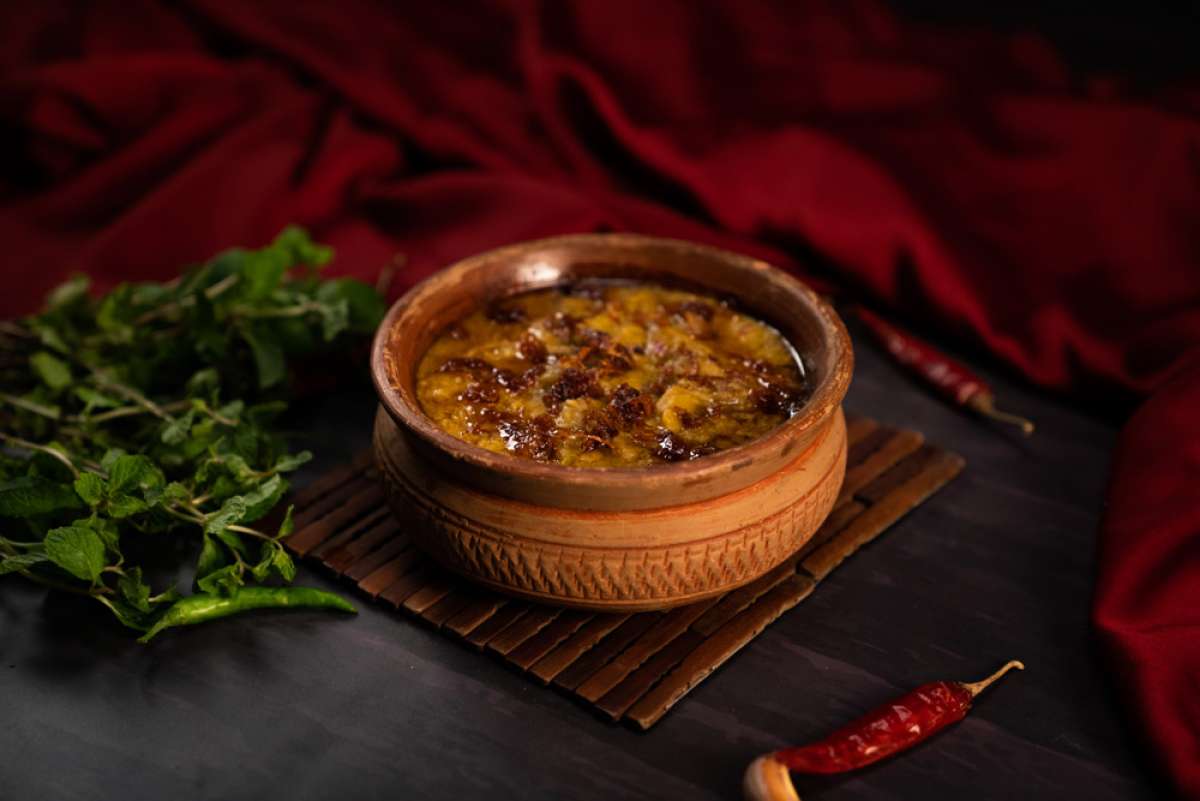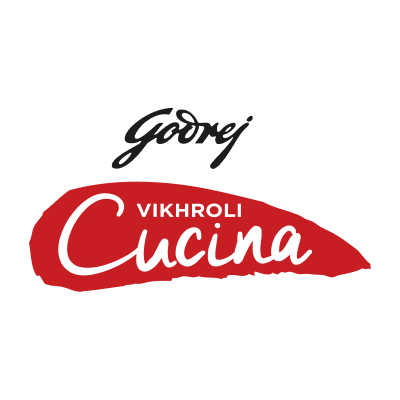
This Ramzan, go on a Haleem trail in India
This holy month is made more special with lavish Iftar parties and most importantly, the iconic Haleem

The season of Haleem is back in Hyderabad with the holy month of Ramzan. During this time, Haleem ustads are engaged and special cooking stoves are erected to cook this dish in almost all restaurants in Hyderabad. Much like biryani, this iconic dish has been integral to the quintessential culinary identity and food culture of Hyderabad for years. This most-loved dish is preferred to break the day-long fast as it is very filling, rich in protein, and easily digestible.
This holy month is a little bit more special for both residents and visitors of Hyderabad – thanks to the midnight bazaars at Charminar, lavish Iftar parties, and most importantly, the iconic Haleem.
History of Haleem
There is Haleem and then there is Hyderabadi Haleem — the latter made with a bit of desi jugaad using crushed ginger and garlic. It took several tweaks to the original recipe to create the current dish.
Hyderabadi Haleem is a combination of the original recipe and spices (cardamom, cinnamon, black pepper, ginger/garlic paste, among others) with dals (lentils) from the arid Telangana region that has resulted in the creation of this mouth-watering broth.
It is believed that this meat-based hearty stew was brought to India by the Mughals during the 16th century (its first recorded appearance in India was in the 16th century, as it was mentioned in the Ain-e-Akbari) and was served to the royals during their lavish feasts.
Traditionally, Hyderabadis owe their love for this festive delicacy to the Arabs, who introduced it when the Nizams were in power. It is said that Mir Osman Ali Khan, the seventh Nizam, made Haleem a part of the traditional Hyderabadi cuisine. Thereafter, Saif Nawaz Jung Bahadur, an Arab chief from Yemen and a courtier in the regime of Mir Osman Ali Khan, popularised it as an authentic flavour of the city.
During the early years, a few Irani hotels served the original recipe, Harees. It is still sold in some parts of Hyderabad but is milder than Haleem.
According to Chef Kunal Kapur, the thought behind Haleem was that it should be a minimalistic dish, which could be afforded by everyone. He says, “The best haleem I’ve had was in Hyderabad. It’s something you find in every nook and corner during Ramazan. It happens to be a heavy dish, but you kind of enjoy it because during Ramadan it is the highlight of Hyderabad.” Kapur’s Haleem Kebab has been a signature dish that has stood out and has been appreciated by all.
Ingredients
The classic grain used in Haleem is wheatberry; the entire wheat kernel (without the husk).
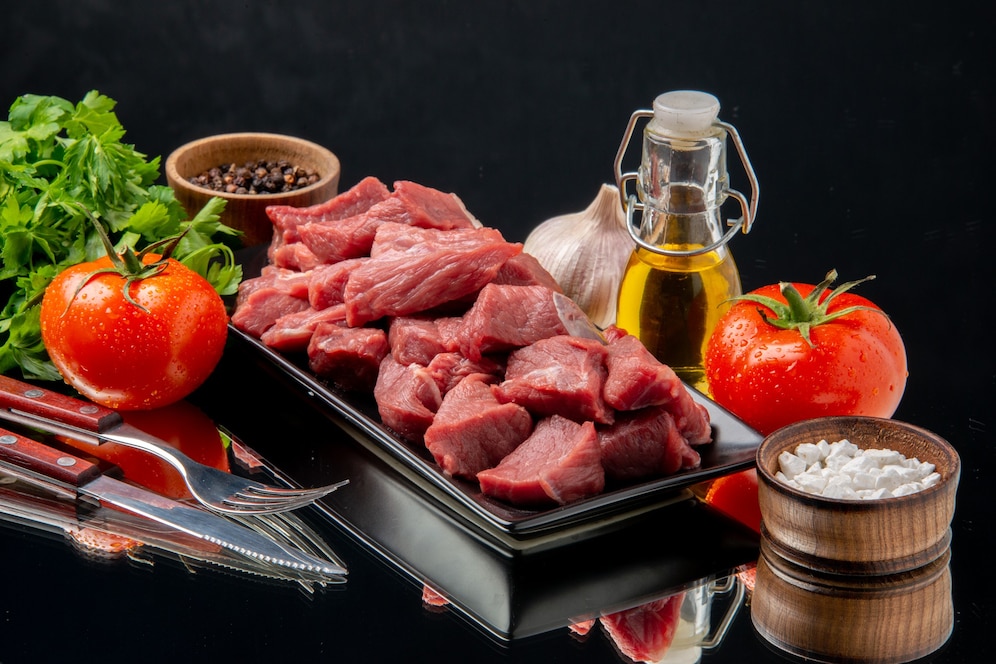
The primary ingredients of this dish are meat (mutton, beef, or chicken) and lentils (Bengal gram, green gram, and black gram). The rule of thumb is to use double the quantity of meat to the grains.
An assortment of spices like onions, ginger-garlic paste, turmeric, garam masala, tailed pepper (kebab cheeni), red chilli powder, and black peppercorns provide the dish with a distinct flavour. Other ingredients used are desi ghee, rose petals, and nuts like cashew, almond, and pistachio to make the taste decadent. Lastly, the Haleem is garnished with raw coriander, ginger julienne, and a squeeze of lemon to give it freshness.
Cooking method
Hyderabadi Haleem, which has the prized GI tag (it acquired this prized tag in 2010) needs to adhere to stringent stipulations that include the time needed to cook, the quality of the mutton, and the usage of the correct width of the masher (for uniform texture).
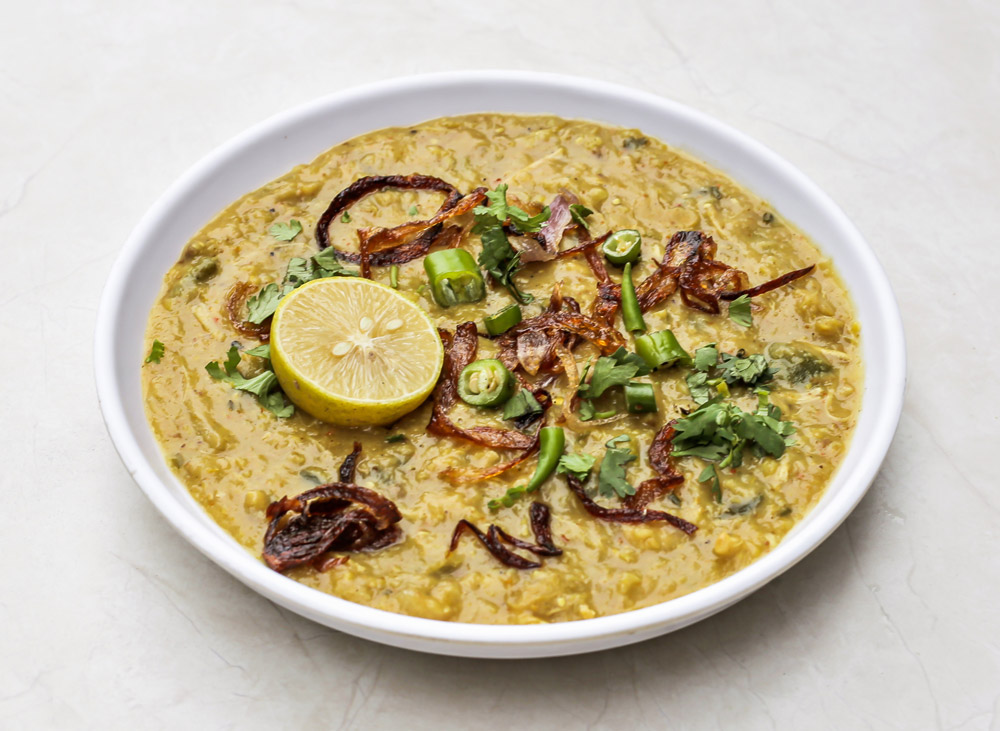
The preparation of Haleem is a laborious process that requires the patience, skill, and dedication of a team of cooks. Haleem is traditionally slow-cooked overnight, while two to three people are required to continuously stir the steaming mixture with long sticks. The continuous stirring gives the dish its smooth, soft texture. The meat is slow-cooked for hours until it falls off the bone, and the lentils are ground to create a smooth paste that gives the dish its thick consistency. Spices like cinnamon, cardamom, and cloves are added to give the dish its unique flavour and aroma.
One dish, many versions
The recipe has evolved over hundreds of years, with each cook adding their own flavour and touch.
Pista House, a famous Hyderabadi restaurant, established in 1997, has played an integral role in popularising this dish. Madina Hotel at Pathargatti, one of the oldest restaurants in Hyderabad, introduced Haleem to its menu in 1956, making this royal delicacy accessible to the common people of the city.
The dish has travelled to old Delhi as well. One can find Haleem in the quaint streets of Old Delhi and Zakir Nagar. However, Dilliwali Haleem is comparatively grainier and soupier than its Hyderabadi counterpart.
In Kashmir, Hareesa is a popular dish eaten during winter. In this dish, instead of wheat, short-grained rice is used for the preparation. Caramelised onions are replaced by Kashmiri shallot and desi ghee with mustard oil.
A sweeter version is available in North Kerala, known as Aleesa or Alsa. Along with the ingredients used in a typical Hyderabadi Haleem, coconut milk, sugar, and raisins are a merry addition.
The Bohras, a Muslim community from Yemen, who settled on the coast of Gujarat around the 11th century, take pride in a Haleem-like dish called Khichra, which is not as spicy as Haleem and in which the meat pieces are not pounded and mixed but left as tiny chunks.
In Mumbai, the best places to dig into Haleem are Mohammed Ali Road, Bohri Mohalla, Mahim, and Bandra. The dish is cooked to a thinner consistency in which the meat blends with the dals.
Have you tasted Haleem from any of these places? Share your experience in the comment section below.
Tags
0 Comment
You may also like
-
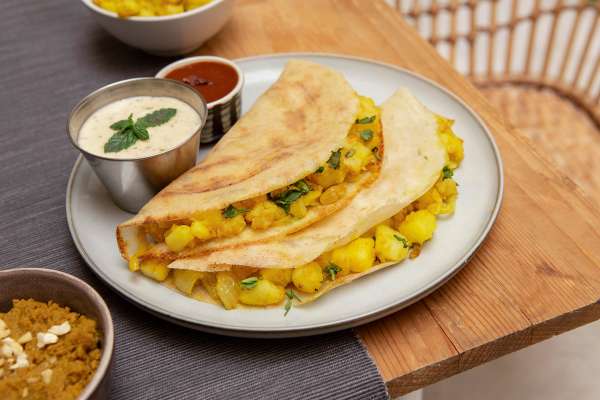
Features From Kannivu Ari to the Mulbagal: Are we seeing a revival of rare dosas in Mumbai?
by Vikhroli Cucina
-

Features The most craved TV food that sparked global cravings
by Vikhroli Cucina
-

Features The Culinarian's Take: The ultimate holiday wine picking guide with Sula Vineyards
by Vikhroli Cucina
-
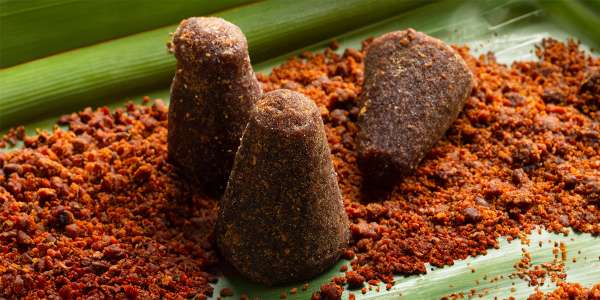
Features How India eats when the weather turns cold
by Vikhroli Cucina

